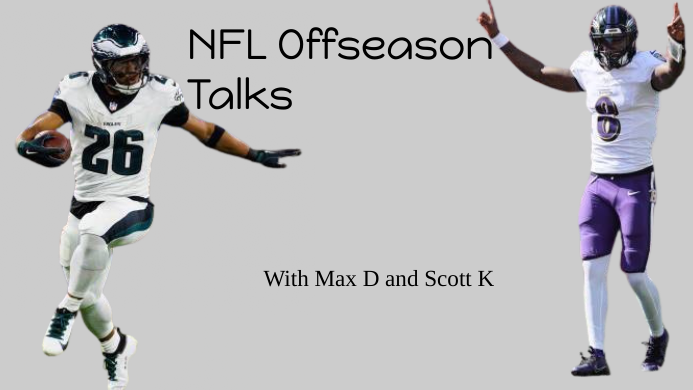Book Review: All American Boys takes a close look at racial profiling
October 18, 2016
Eric Garner. Michael Brown Jr. Tamir Rice. Freddie Gray. Keith Lamar Scott. These are just a few of the many African American victims of police incidents reported and sensationalized in the news. And yet with all of the attention this subject is getting, I have never found a book about it until now. It’s amazing to read a novel that looks at all sides, beyond the publicity, hysteria, and misinformation.
All American Boys is that novel. Written by Jason Reynolds and Brendan Kiely, it was selected as the 2016 One Maryland One Book for its hard, but fair, look at racism in law enforcement.
The novel follows the stories of 16-year-olds Rashad Butler and Quinn Collins after Rashad (who is black) is beaten badly by a white police officer. He is wrongly accused of attacking a customer and stealing a bag of chips from a convenience store. While Rashad deals with his injuries and the problem of convincing others to believe what he says really happened, Quinn, who witnessed the event, weighs the decision of telling the truth and being ostracized from his circle of friends.
“There is a real issue with law enforcement [currently],” said social studies teacher Jamie Hendi, who recently read the book as well. “Not only with racism, but with keeping respect for police officers who are innocent. It was a realistic and relatable book.”
There are definitely multiple angles to the argument, and it is necessary that the novel take a look at all of them so that readers can get the full picture. This novel makes us consider that many people choose to take one side. The story forces readers to consider the many issues that lead to violence, such as the Baltimore riots of 2015.
This is an example of why All American Boys is so objective in its approach, and so educational as well. Much of it is devoted to discussion about peaceful protest and finding common ground when situations such as Rashad’s occur. Quinn’s basketball coach plays a big role in the story in this way, continuously enforcing the words “team” and “together.”
The phrase “Rashad is Absent Again Today” begins to appear on chalkboards, sidewalks, and posters, much like the hashtag #BlackLivesMatter seemed to appear overnight.
To be honest, I don’t think there were any characters in the book that I truly loved or hated, which I believe is a good thing. Every single character had strengths, and every single character had flaws. No one was assigned the title of protagonist or antagonist. They all displayed human emotions and reactions to their experiences.
The idea for All American Boys sparked when Reynolds and Kiely shared a room on an author tour during which George Zimmerman was acquitted of murdering Trayvon Martin. Both were very upset, and about a month later, when Michael Brown was killed, they decided to write a book about the topic.
“[Reynolds] said that he’s had bad experiences with the police since he was a kid,” said Anna Bennett, a Walkersville High student who was able to see Reynolds and Kiely speak when the authors came to Brunswick High to speak. “He’s gotten pulled over and interrogated more than a few times for no reason, and he’s had his car trashed. Apparently it was a pretty ‘normal’ thing in his neighborhood.”
In the novel, Rashad’s brother “Spoony” describes similar experiences, saying that there have been many times when he’d been pulled over and searched even though he’d done nothing wrong. All American Boys not only tells a fictional story, but also there are some biographical details from the authors’ lives, which only increased the impact the story had on me.
All American Boys is passionately written and packs an enormous amount of emphasis on America’s current racial profiling situation, and I highly suggest that others read it. Looking through a different point-of-view has changed my perspective immensely, and I feel that I am able to be more objective on this matter now that I have read it.
You can check out All American Boys from the media center, or purchase it on Amazon for $10.58 as a book or $9.99 as a Kindle version.







Nancy Peckerar • Oct 19, 2016 at 11:31 am
Beautifully written analysis of a book I truly loved. Just one thing, I don’t think George Zimmerman was an officer.